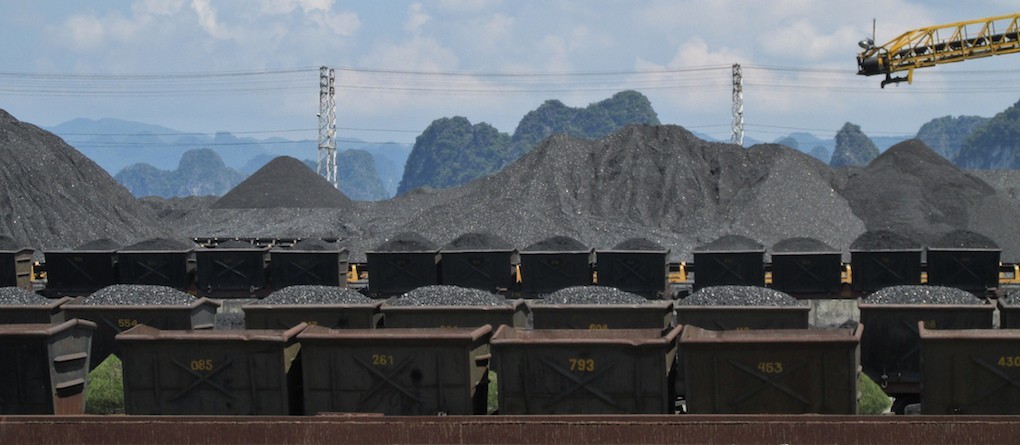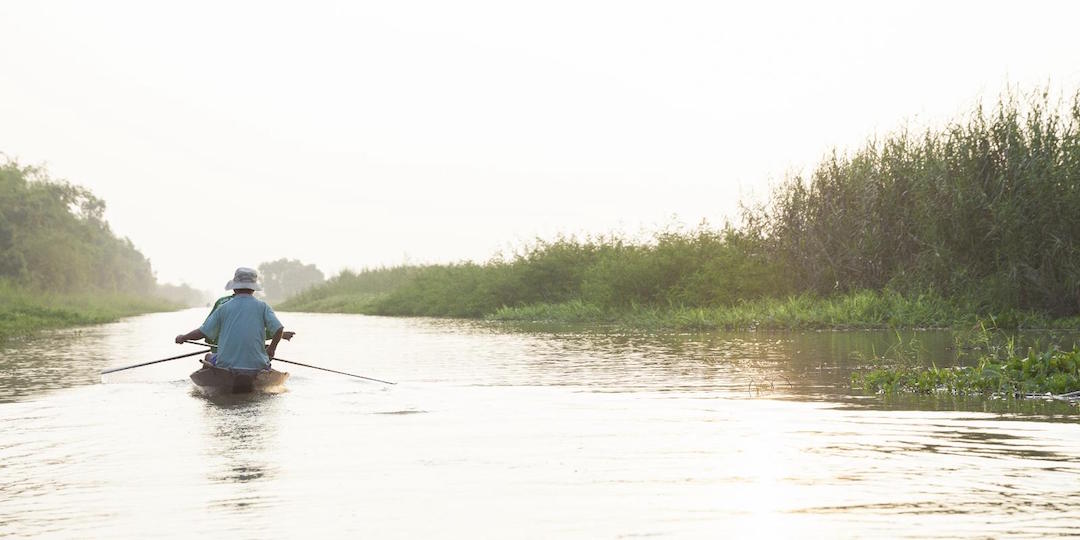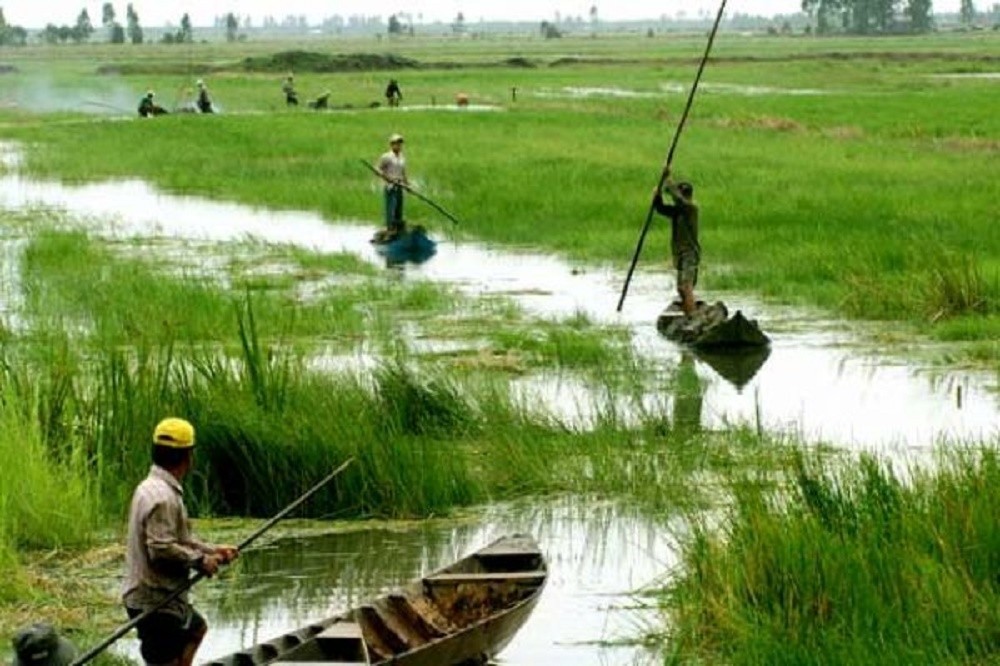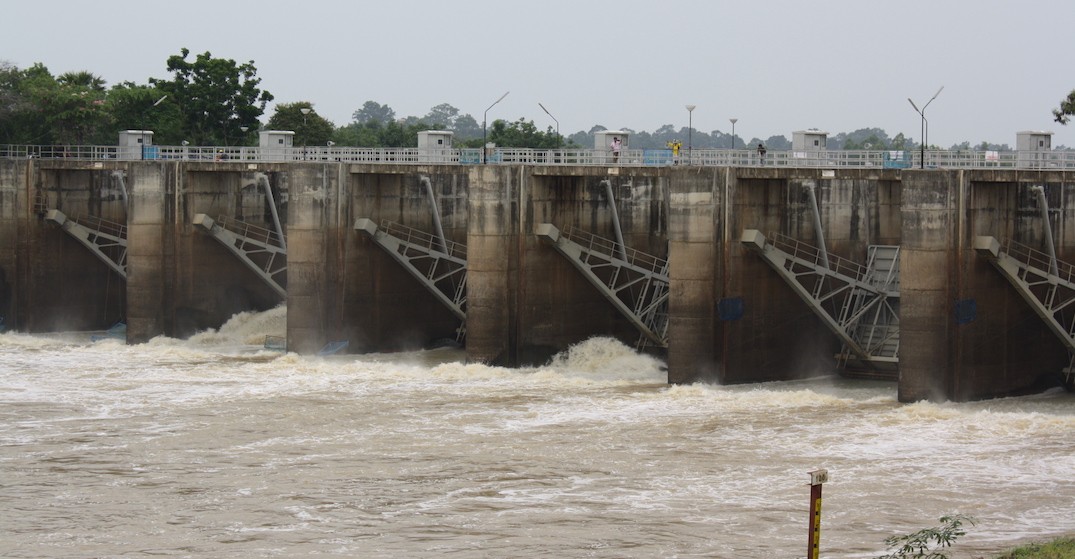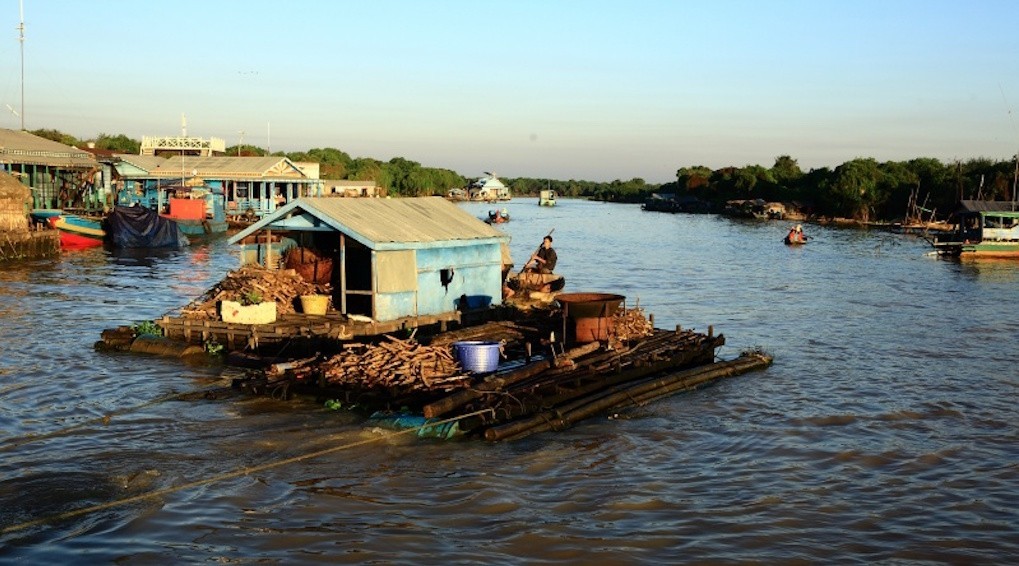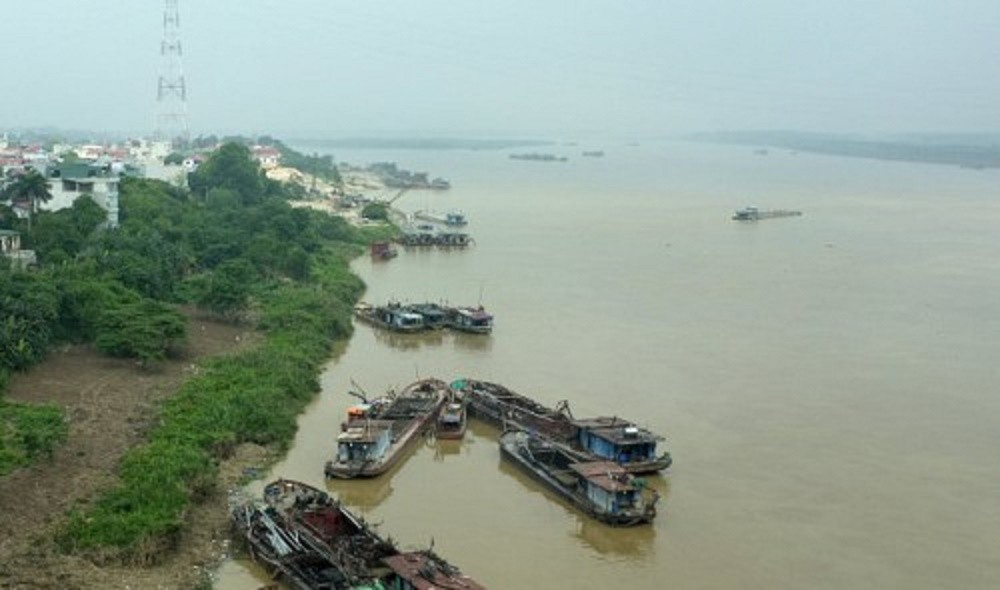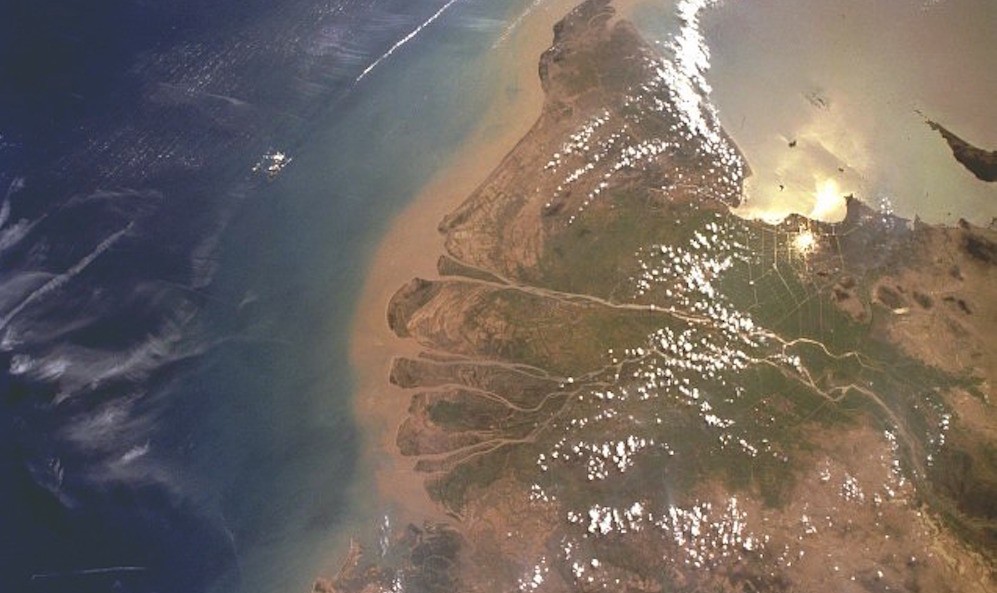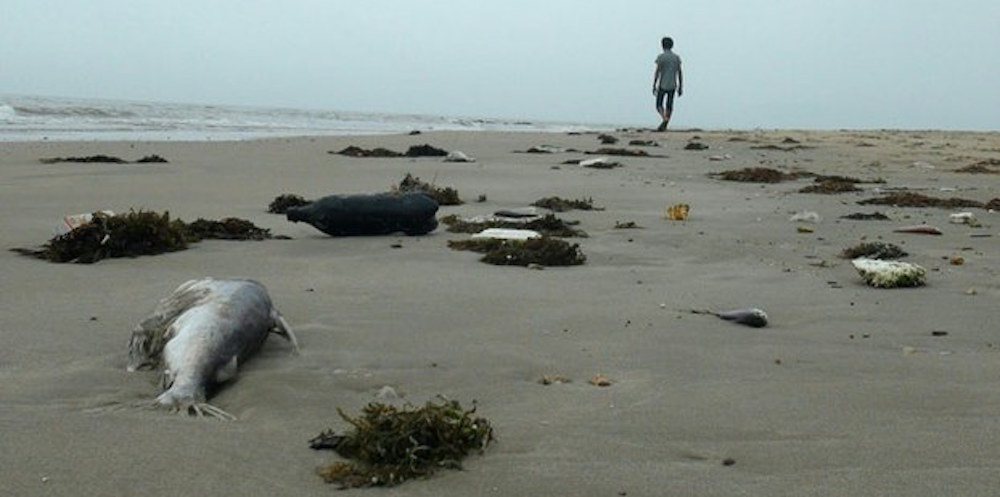Vietnam Scientists are concerned that coal power plants would still provide 50 percent of the nation’s total electricity output in the future.
Category: Viet Nam
Scientists recommend fewer coal power plants
Vietnamese state agencies have been insisting on the necessity of continued development of coal power plants, affirming that this is the best solution for Vietnam as coal power is cheaper than wind and nuclear power.
However, scientists have argued that coal power is not as cheap as thought, saying that the price Vietnam has to pay for coal power would be very high if counting all the expenses related to social and environment problems.
Livelihoods in jeopardy as Vietnam’s Mekong Delta struggles with sediment loss
Duong Cong To checks the water of the Hau River next to his house and he is not happy at all.
“It’s too clean,” he says.
The 72-year-old has spent all his life by the river, one of two tributaries of the Mekong and the main source of alluvium for fish farms and plantations in southern Vietnam.
Over the past years he has noticed a significant change in the river: it keeps changing its color from a reddish brown to an ocean-like blue.
“The water should look red. Now it’s crystal clear like there’s nothing in there.”
The four challenges threatening the Mekong Delta
Located at the end of the Mekong River, the Mekong Delta of Vietnam was formed about 6,000 years from sediments of the river flowing into the sea plus the process of sea regression.
After the country’s unification in 1975, Vietnam embarked on the planning and exploitation of the delta. The country has successfully solved the alkaline, acidic and salty problems to develop agriculture, particularly rice cultivation in this region. In 1986, the total rice output of the Mekong Delta was around 7 million tones and currently i25 million tonnes, accounting for 90% of Vietnam’s total rice expert turnover.
Damned if you do, damned if you don’t
In the late 1980s, Chatichai Choonhavan’s government promised an ambitious water diversion project to provide a constant supply of water to the dry Northeast.
Local politicians promoted the Khong-Chi-Mun project, telling the expectant farmers of Isan they would never want for water again.
But today, locals such as Pha Kongtham, 65, from Ban Don Samran in Roi Et’s Phon Sai district sees nothing but the remnants of failure.
Under the project, which spanned various governments until realisation, 14 dams were built in the Chi and Mun rivers, the main water sources of lower Isan. But the majority of them have now stopped operating.
Downstream countries concerned over water diversion
“If Thailand’s Mekong diversion project takes place in the dry season, the Mekong’s water flows to Cambodia and Vietnam’s delta will be reduced significantly,” said Le Anh Tuan, deputy director of the Research Institute for Climate Change at Vietnam’s Can Tho University.
“The coastal areas of the delta will face serious saline intrusion. The agricultural production and water supply, as well as the ecosystems of the Mekong delta, will have big negative impacts.”
The drought has already caused significant damage to the Mekong delta. Mr Anh Tuan said as much as 70km of the mouth of the Mekong river had been contaminated by salt.
Proposed megaproject on Vietnam’s Red River presents possibility of water link with China
A proposed multibillion-dollar project to be implemented on the Hong (Red), a river crucial to the eco-social development of northern Vietnam that runs through nearly ten provinces, is also meant to connect local water transportation routes with China, fueling concerns over its feasibility and environmental impacts.
Amid Fish Deaths, Social Media Comes Alive in Vietnam
In Vietnam, a scandal surrounding the mass die-off of fish has created an explosive wave of debate and activism on social media, particularly Facebook. Responding to the social media outcry, many rallied in cities across Vietnam on Sunday, during a national four-day holiday. The rallies took place at an unprecedented scale, spanning three regions.
The protests responded to the mass deaths of fish, a crisis that has been ravaging Vietnam’s four central-coast provinces since early April. The environmental disaster has killed thousands of fish and caused financial and environmental damages to fishermen and people living in what was already one of the country’s most vulnerable regions. The cause is unconfirmed as yet, but many Vietnamese suspect pollution from a steel plant operated by a subsidiary of Formosa Plastics Group.
Mekong Delta loses half of silt to upstream dams: scientists
Le Van Nam has difficulty sleeping at night thinking of the fall in yields year after year on his rice field allegedly due to less silt being washed down the Mekong River because of upstream dams.
“In the last winter-spring crop, my 5,000 square meters only produced 3.5 tons of rice while it was four tons the previous year,” the farmer from An Giang Province said.
Declining flows down the Mekong River due to the building of dams upstream have been partly blamed – as have severe droughts — for reduced yields and worsening erosion in the delta.
According to the An Giang Department of Agriculture and Rural Development, floods in the 4,900-km river used to bring silt and fish.
However, declining flows in recent years have made the land less fertile.
Massive Fish Kill in Vietnam
Vietnam’s top environment official offered an apology on Friday for his government’s “confused” handling of a mass fish kill off that has killed tons of fish across a wide swath of the country’s central coast.


